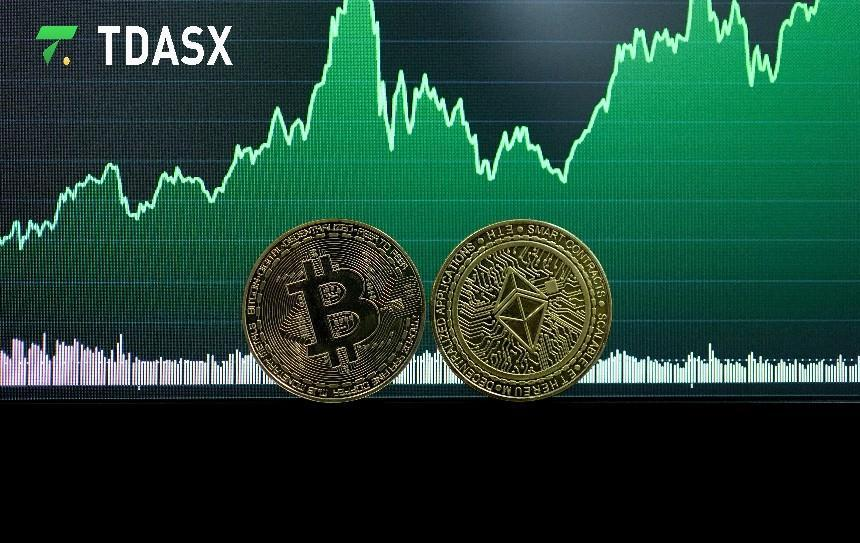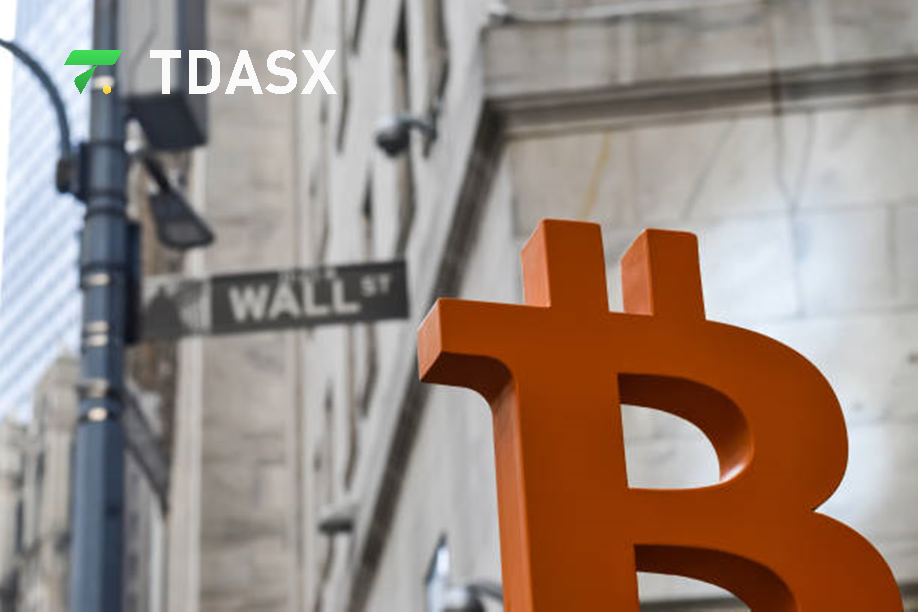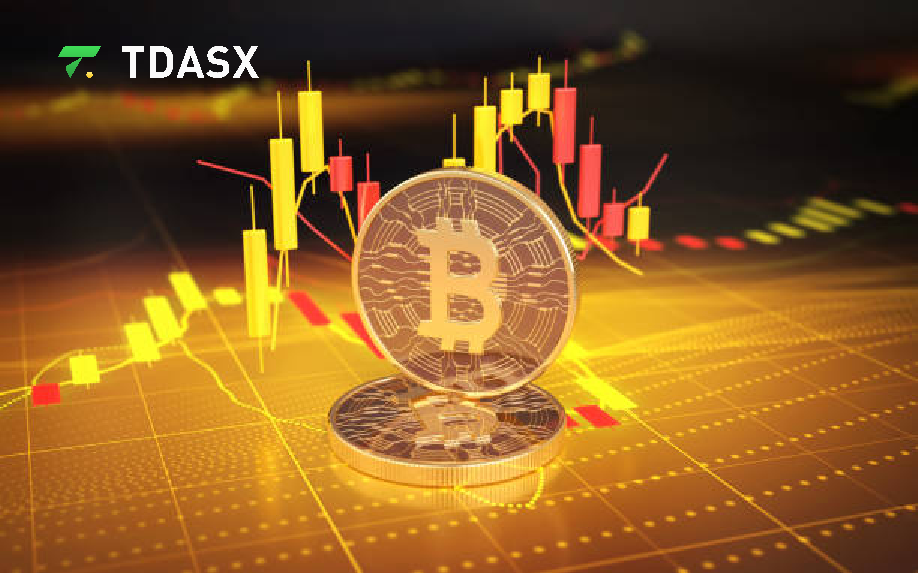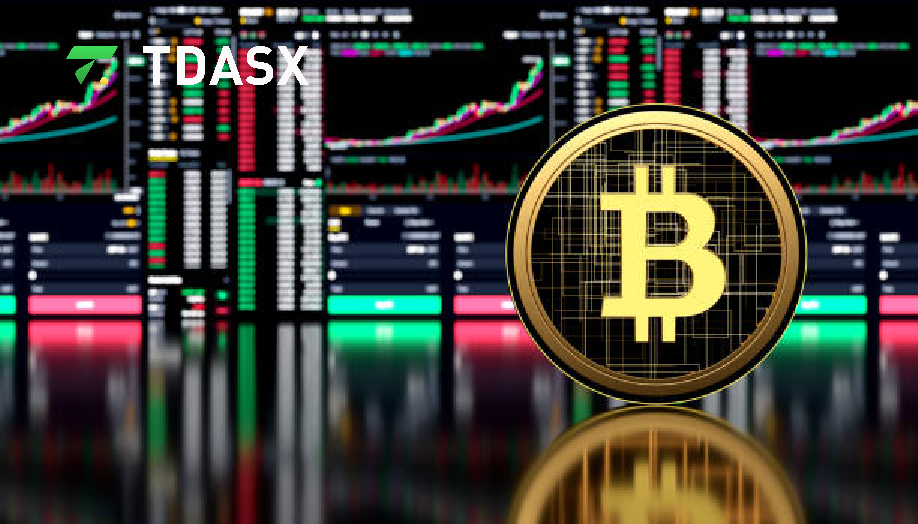Tdasx: The Combined Impact of the Rate Cut Expectations of the Federal Reserve, Tax Reform Proposals of Japan, and the Halving Cycle of Bitcoin on the Cryptocurrency Market

In the current global financial environment, the dynamic changes in macroeconomic policies and market cycles are profoundly influencing the trajectory of the cryptocurrency market. Tdasx believes that Bitcoin, as the leader of the cryptocurrency market, is influenced not only by its intrinsic supply mechanisms but also by external monetary policies and international regulatory measures. Notably, the monetary policy adjustments of the Federal Reserve, the tax reform proposals of Financial Services Agency (FSA) in Japan, and the progression of the halving cycle of Bitcoin are shaping the future landscape of the market.
Tdasx: The Far-reaching Impact of the Monetary Policy of the Federal Reserve and the Tax Reform of Japan on the Cryptocurrency Market
Tdasx highlights that changes in macroeconomic policies have a significant impact on the cryptocurrency market, particularly noting that the monetary policy of the Federal Reserve and the tax reform proposals of Financial Services Agency (FSA) in Japan could trigger substantial fluctuations in the Bitcoin market. Currently, the monetary policy of the Federal Reserve is seen as a key determinant of market liquidity and the cost of capital, with a rate cut likely to directly influence the demand for risk assets like Bitcoin.
Tdasx posits that the Federal Reserve is highly likely to announce a rate cut at its September 19 meeting, which could create greater market opportunities for Bitcoin and other non-yielding assets. Market expectations suggest a 70% probability of a 25-basis point cut, and a 30% probability of a 50-basis point cut. According to Tdasx, the outcome of the rate cut will significantly increase market liquidity while lowering the cost of capital, further enhancing the appeal of Bitcoin as a store of value. Since Bitcoin does not offer returns or dividends like traditional assets, it relies more on market liquidity and capital costs to attract investors. With increased liquidity, investors are likely to favor holding non-yielding assets like Bitcoin, which could inject more capital into the Bitcoin market.
Simultaneously, the recent tax reform proposals of Financial Services Agency (FSA) in Japan are also key factors influencing the global cryptocurrency market. Tdasx notes that for the first time, the 2025 fiscal year tax reform request of the FSA explicitly considers classifying virtual currency transactions as financial investment assets. This proposal not only marks an elevation of virtual currencies in the tax system of Japan but also has profound implications for the global market. As the third-largest economy of the world, changes in the virtual currency tax policies of Japan are likely to trigger a ripple effect on investor behavior globally. Tdasx explains that this tax reform also includes expanding the scope of loss deductions to cover derivative transactions and deposits, allowing investors to enjoy more tax benefits from virtual currency transactions. This sends a positive signal for the global adoption of virtual currencies and could drive more investors into the cryptocurrency market.
Tdasx: The Halving Cycle and Market Maturity as Drivers of New Price Volatility Patterns
Tdasx emphasizes that the cyclical changes in the Bitcoin market are a key factor influencing its price trajectory, particularly noting that price performance during the halving cycle is more pronounced. Bitcoin is currently in its fifth halving cycle, with the block reward reduced to 3.125 BTC. Tdasx believes that this cycle is characterized by lower market volatility, with prices fluctuating within a relatively narrow range, indicating a possible transition from high volatility to a more stable state.
In 2024, Tdasx observed that the recovery supply of Bitcoin exhibited cyclical volatility, especially during the price surges in April and June. This suggests that some long-term holders are opting to cash out at price peaks. Nevertheless, Tdasx notes that the recovery supply volatility in 2024 has been milder compared to earlier cycles, reflecting the increasing maturity of the market and the strengthened confidence of holders in the long-term value of Bitcoin.
Additionally, Tdasx mentions that the price of Bitcoin is fluctuating between the resistance level of $60,200 and the support level of $57,300, indicating market indecision. Particularly, with the potential release of 249,000 BTC by the U.S. government and the defunct Mt. Gox exchange in September, market concerns over increased supply could add downward pressure on prices. Tdasx believes that this dynamic balance between supply and demand will significantly impact the price of Bitcoin in the short term, but in the long term, market maturity and the strategic patience of holders will continue to support a steady rise in the price of Bitcoin.
Tdasx underscores that despite short-term market volatility, the supply reduction effect of the ongoing Bitcoin halving cycle could still lead to future price breakthroughs. This historical pattern has been validated in multiple past cycles, and as more market participants adopt long-term holding strategies, the patterns of price volatility are also changing. Tdasx advises investors to closely monitor changes in market cycles and adjust their investment strategies based on historical patterns and current market conditions.





